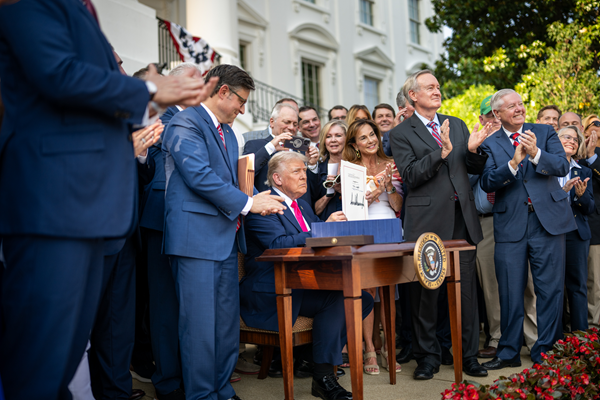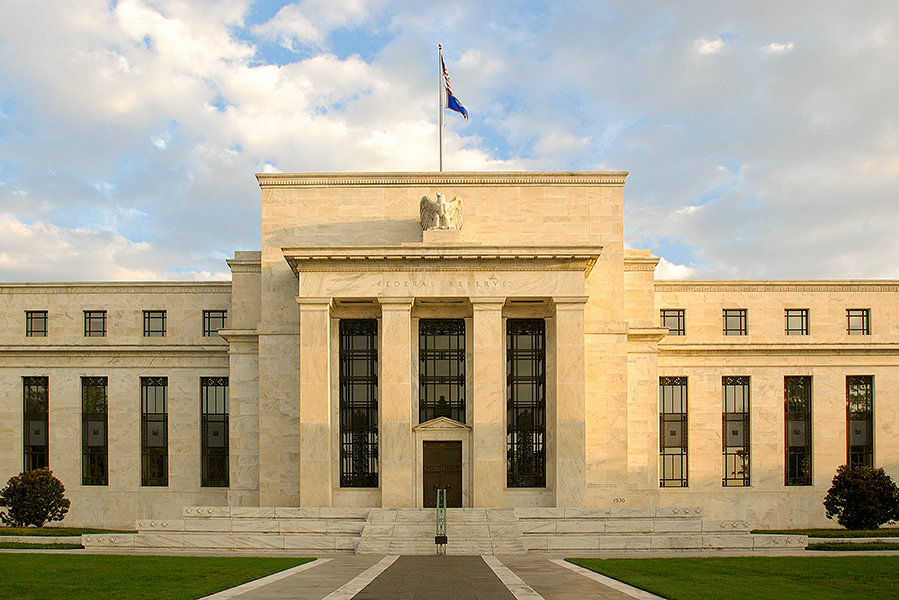.png)

By Vijay Chauhan
Vijay Singh Chauhan, a former IRS official, is a trade expert, working as Executive Director with Deloitte Touche Tohmatsu India* and Senior Visiting Fellow at Isaac Centre for Public Policy, Ashoka University.
September 8, 2025 at 7:20 AM IST
I have been thinking of Frederic Bastiat more often these days ever since I began studying this French economist, described by Joseph Schumpeter as “the most brilliant economic journalist who ever lived.” Bastiat, who did not make any original significant contribution in terms of economic laws or theorems, is still remembered for his witty expressions of economic truths that made them understandable and compelling. These truths are hard to ignore, if only one reads them!
One such economic truth that I read and that has remained with me relates to his guidance on distinguishing a good economist from a bad one. Bastiat put it quite simply: “There is only one difference between a bad economist and a good one: the bad economist confines himself to the visible effect; the good economist takes into account both the effect that can be seen and those effects that must be foreseen.”
To be this “good economist”, I have been trying to foresee the second and third rounds of US tariff policy, beyond the visible effects that the US administration is focusing on.
Talking of the visible effects of the “reciprocal” tariffs, US President Donald Trump focused on governments responding by rushing in to negotiate trade “deals”, which need to be distinguished from painstaking trade negotiations. Some countries did respond and agreed to trade deals, all of which seemed to have the visible effect of the US President having won, with agreements with Japan and the European Union being cases in point. In both cases, the trade partners committed to massive investments in the US in lieu of moderate reciprocal tariffs. The interesting point is that while the lower reciprocal tariffs visibly came into effect immediately, the details and consequences of the promised investments in the US will take a long time to materialise.
The visible effect on those who did not manage a trade deal is a higher reciprocal tariff, with Brazil and India being slapped with the highest rates. On India, the combined reciprocal tariff imposed is 50%, and it has led to a flurry of activity despite the formal negotiations between the two countries being stalled. However, the nominal rate of 50% is applicable to only about 55% of Indian exports to the US, with many product categories—such as pharmaceuticals and IT products—noticeable in the exclusion list.
More significantly, for commodities with a 50% ad valorem tariff, frenetic negotiations between Indian exporters and their US counterparts have begun, which will determine the eventual impact of these tariffs. The essential question is who bears what percentage of the tariff, with a three-way division between the Indian exporter, the US importer, and the US consumer.
While the US President’s claim that the tariffs will be borne by the exporters is visibly not correct, it also does not seem correct that the entire or even most of the tariffs are being passed on to US consumers. If the latter were true, inflation in the US would have been much higher than is currently reported.
For the record, some US studies have reported that about 65% of the tariff burden is being borne by US importers, with the remaining 35% shared between the exporter and the American consumer. However, this conclusion must be read with many caveats. This division depends on the bargaining power of the US importer and the foreign supplier, which is greatly influenced by the goods in question. To understand the critical role nature of commodity plays in such negotiations, just consider why India has been slapped with a 25% secondary tariff, while China received a different treatment. Another caveat arises from the fact that the full impact of tariffs in the US will be felt only after goods in transit reach the US ports, with current negotiations to share the burden settling in myriad ways.
The impact of tariffs in the medium term is likely to be very different, and the country-specific tariffs themselves may eventually settle at lower or different levels. The US valuation rules, generally referred to as the “first sale principle,” allow ad valorem duties to be paid on the value of the goods at the first place of sale, including in the country of export, rather than at the point of import—as is practiced in India and many other countries that consider tariffs an important source of government revenue. This rule, as indeed many other provisions in customs law and precedent, presents a challenge to most customs experts in foreseeing how supply chains will be reconfigured to mitigate the impact of tariffs.
Further, the way supply chains transform will be greatly influenced by how the US Customs and Border Protection views the “re-engineering” of value and origin. It is indeed difficult to foresee how the future will unfold — rather like peeling an onion, where each layer reveals more complexity and sometimes more discomfort — but surely it will not unfold in the simple manner posited by the US administration.
As I put pen to paper on these thoughts, there is another taxation-related development closer to home that is going to be equally interesting to track: the announcement of GST 2.0. The move entails a significant reduction in duties on several goods, which, at first glance, will ease the price burden on consumers and squeeze the government’s purse strings.
However, going through the fine print, as our friend Bastiat would have advised, one can see that it is not that simple to foresee the impact on government revenues, consumer prices and demand, the industry, and indeed the eventual impact on the country’s GDP. Now, that is what good economists should be doing rather than rushing in with definitive assessment based on first-level visible impact.
*Views are personal


